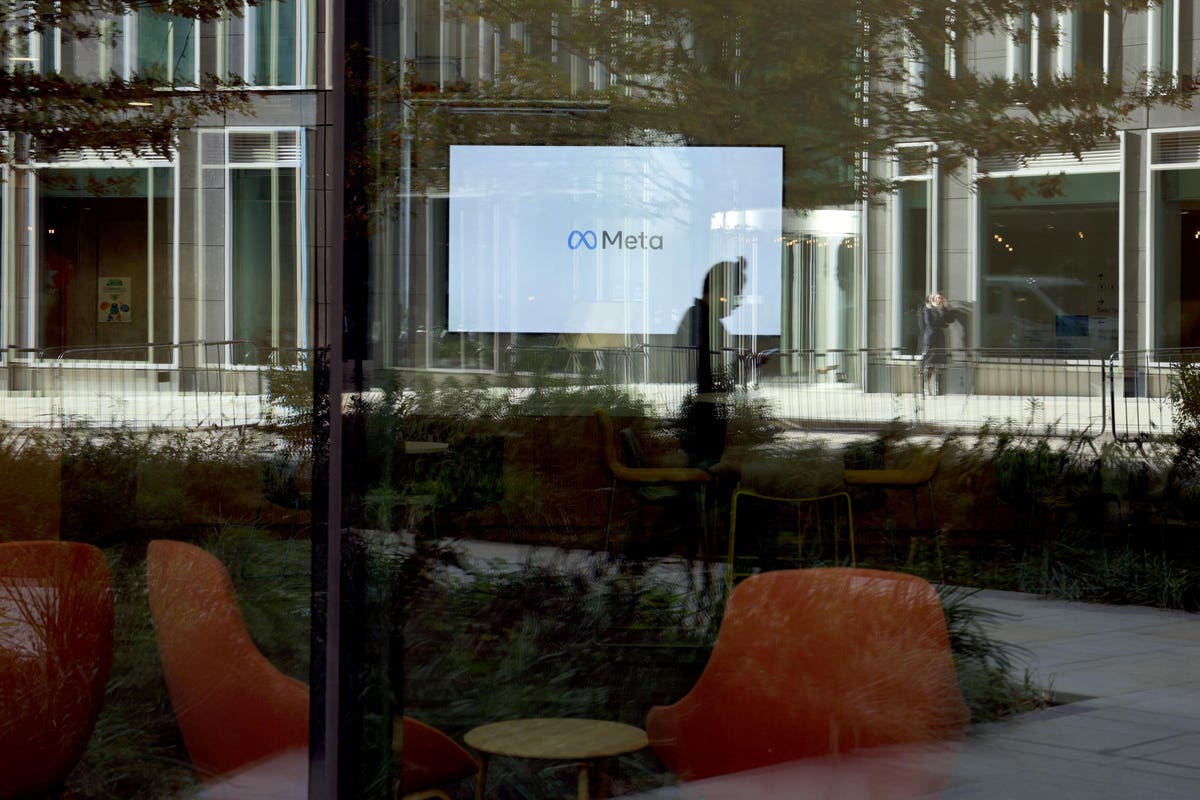This is the published version of Forbes’ Future of Work newsletter, which offers the latest news for chief human resources officers and other talent managers on disruptive technologies, managing the workforce and trends in the remote work debate. Click here to get it delivered to your inbox every Friday!
It’s the first week back after Labor Day, and that can mean only one thing for office workers and human resources leaders: yet another round of return to office mandates. In what’s become a post-Covid annual rite of fall, more companies are pushing people to head back to the office more often—from Meta’s new “in-person focus” to in-office expectations, according to media reports, from drugmaker Merck—now that kids are back in school and the economy gives bosses more leverage.
Whether you’re battling the high costs of a return-to-office commute, worried about increasing numbers of Covid cases, drowning in back-to-school chaos or simply wishing you were still at the beach, it’s back-to-the-grind week. To help, contributor Jack Kelly has some suggestions on managing the back-to-work routine. If your company has decided to go with offsites rather than mandates, here’s how to make the experience worthwhile. And for those still strategizing on how to get more people back on site, remember the decision shouldn’t be based on productivity alone. Hope it’s a great weekend, after a week when it’s well-deserved.
Jena McGregor, Senior Editor, Leadership Strategy & Careers | @jenamcgregor
HUMAN CAPITAL
On Thursday, the union that represents 150,000 workers of General Motors, Ford Motor Co. and Stellantis warned that a potential strike looks increasingly likely as a deal is still out of reach between automakers and workers about hours worked, benefits received and a requested 46% wage hike. Shawn Fain, the UAW president, said the union is reserving its endorsement of President Joe Biden for the 2024 presidential election until he addresses concerns about employee protections in the transition to electric vehicles.
Contributor Paul Klein writes that companies will need to be more prepared for climate disasters and their impact on employees, emergency operations, recovery efforts and sustainability impacts, citing examples of both Walmart’s and Verizon’s prepared response to recent hurricanes.
The unemployment rate rose to 3.8%, August job numbers released last Friday showed, but the U.S. still added 187,000 jobs, outperforming the 170,000 figure expected by economists. Still, layoffs continue, with big companies laying off more than 65,000 workers this summer. Recently, Roku cut 10% of its workforce, Forbes’ Brian Bushard reported—the company’s stock rallied 10% afterwards—and Barstool Sports reportedly cut 25% of staff.
ARTIFICIAL INTELLIGENCE
While OpenAI and rivals like Anthropic and Google battle to build AI foundation models like GPT-4, entrepreneurs Kanjun Qiu and Josh Albrecht are taking a different approach with Imbue, which is building AI “agents.” This type of computing system can simulate human decision-making to complete complex tasks, Forbes’ Alex Konrad and Kenrick Cai report, acting more like a virtual research assistant that can crunch analysis, recommend follow-on experiments and even set them up.
Contributor Nick Morrison writes about new guidance from UNESCO, the UN’s education and cultural arm, which warned that “generative AI can be a tremendous opportunity for human development, but it can also cause harm and prejudice,” said Audrey Azoulay, Director-General of the organization. “It cannot be integrated into education without public engagement, and the necessary safeguards and regulations from governments.” Read more here.
FACTS AND COMMENTS
In advance of this Labor Day, the organization Jobs for the Future surveyed more than 2,200 workers and found that workers saying they have high-quality jobs are consistently more likely than their peers with low- to medium-quality jobs to feel productive (46% vs. 29%), happy (40% vs. 14%), and optimistic (34% vs. 15%).
- 19 million: The number of workers (or more) who are estimated to earn less than $15 an hour.
- Two-thirds: The proportion of workers in low-wage jobs who are between 24 and 55 years old, the years considered to be workers’ prime working years.
- “We cannot expect to have a thriving, engaged workforce unless every worker has access to quality jobs.”—Maria Flynn, president and CEO, Jobs For The Future
VIDEO
President Biden Speaks On Potential Auto Workers Strike
Watch
STRATEGIES + ADVICE
Stop the negativity in your workplace if ‘doom loops’ are ruling them.
Be a better mentor with these strategies and ideas.
Here’s why authenticity matters when it comes to hiring and retention.
QUIZ
WeWork said Sept. 6 it plans to renegotiate “nearly all” of its leases to try lower operating expenses and stay in business “for many years to come,” an announcement that comes just weeks after the coworking space company warned its ability to stay in business was in doubt. How many locations did the company have as of June 30?
- 906
- 390
- 777
- 653
Check if you got it right here.
ACROSS THE NEWSROOM
- Get a weekly rundown on top headlines and exclusives in cybersecurity, internet privacy and surveillance with our newsletter The Wiretap. Click here to sign up.
Thanks for reading! Follow us on Twitter for by-the-minute updates on the latest business and financial news throughout the day.
Read the full article here





